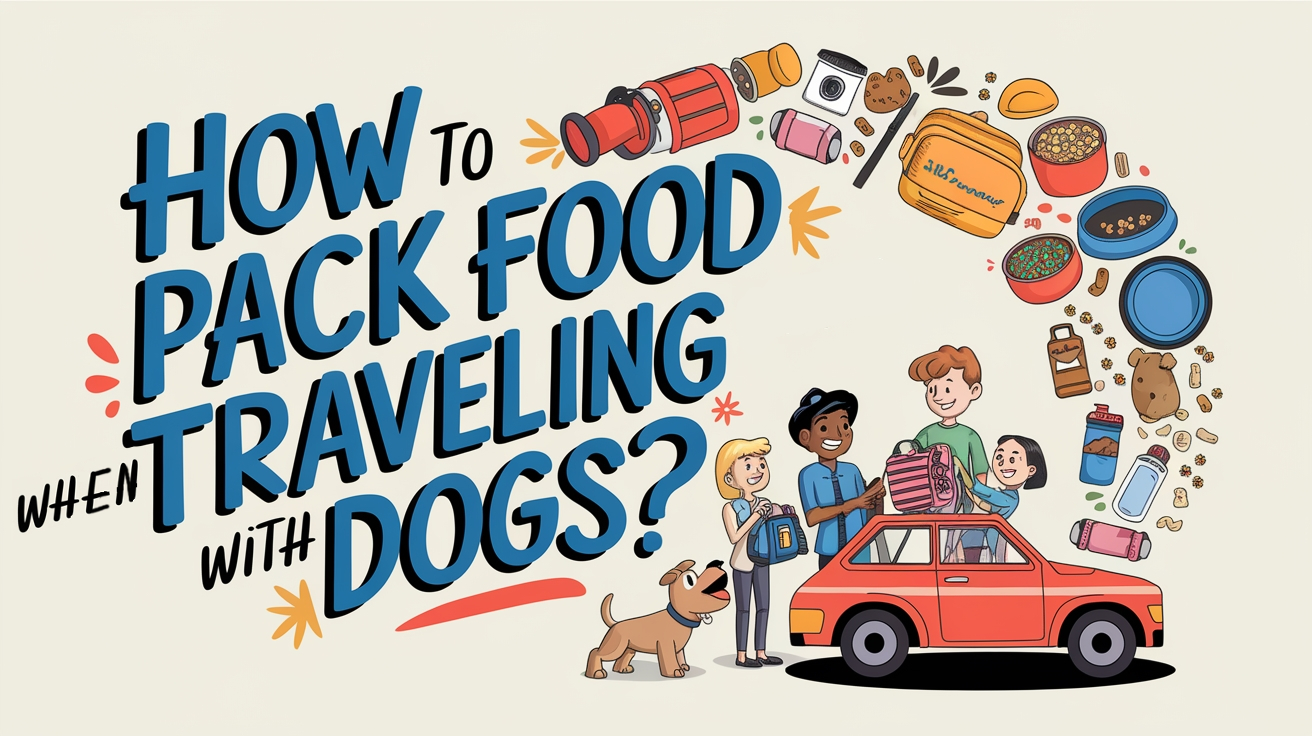Most dogs don’t naturally acclimate to the unpredictability of the wild, so it’s your job to help yours adapt. When you’re planning a camping trip, you’re not just thinking of your own needs, but also how to ensure your furry companion’s comfort and safety.
Teach your dog essential commands to keep them secure in new surroundings. Introduce them to the equipment and environment they’ll encounter, reinforcing positive associations. Make sure they’re socialized and well-behaved around others to foster a considerate camping atmosphere.
Equip yourself with a dog-first aid kit and familiarize yourself with the local wildlife and plant life to avoid hazards. By preparing thoroughly, you’re setting the stage for an enjoyable and safe camping experience for you and your loyal friend.
Training and Preparation
Before heading out into the wilderness, you’ll need to ensure your dog’s training is up to par. Start by reinforcing their recall command – it’s crucial for their safety in an unfenced, natural environment.
Additionally, socialize your dog with various environments and teach them to remain calm on a leash and stay in place, regardless of distractions.
Reliable Recall Training
Reliable recall training is essential for your dog’s safety and your own peace of mind during camping trips. Begin training in an area with few distractions and then move to places with more going on. Always use a happy voice and reward your dog with treats or play when they return to you. Practice recall every day, making it enjoyable for your dog.
Before you go camping, make sure your dog has mastered coming when called. A dog that responds reliably can prevent problems in the wilderness. Investing time in recall training ensures a safer, more pleasant camping experience for all.
Socialization
As you gear up for an outdoor adventure, dog socialization—a key component in camping preparation—ensures your furry friend is comfortable with the varied environments and encounters they’ll face. Start by introducing your dog to different sights, sounds, and textures they might experience at a campsite.
Set up your tent at home, letting your canine companion explore it at their own pace. A backyard campout can acclimate them to sleeping outdoors in a familiar setting. Teach them to respond reliably to the ‘place’ command and to recall cues, which are invaluable for their safety and the comfort of those around you.
Stay in Place Training
Mastery of the ‘place’ command is essential when preparing your dog for the unpredictability of camping environments. This skill ensures your furry friend will remain settled on a specific mat, bed, or designated area, even amid the exciting stimuli of the great outdoors. Start by choosing a ‘place’ that’s portable and comfortable for your dog. Gradually increase the duration and distractions as you train, rewarding your dog for staying put.
When you’re at the campsite, this command becomes invaluable. It allows you to manage your dog’s movements and prevents them from wandering into unsafe areas or bothering fellow campers. Consistent practice at home will help your dog understand that the ‘place’ command means to relax and stay, serving to create a peaceful camping experience for everyone involved.

Walk Calmly on A Leash
Before setting out on the trails, it’s important that your dog is able to walk calmly on a leash. This skill is crucial for their well-being and for the enjoyment of your time spent outdoors. With patience and consistent training, you’ll be able to improve the camping experience for everyone involved.
Here are steps to get your dog ready:
- Early Training: Start leash training your dog ahead of your camping trip to give them plenty of time to learn.
- Use Rewards: Encourage your dog by giving them treats for walking with a slack leash and staying close to you.
- Practice in Different Settings: Take your dog for walks in a variety of places to get them used to the kind of environments they’ll encounter at a campsite.
- Introduce Distractions Slowly: Gradually present new distractions so your dog can learn to remain composed in the presence of unfamiliar sights and sounds.
Get your Dog to Stop Barking
When camping with a dog, it is important to train them to not bark excessively. Excessive barking can disturb other campers and wildlife, and can also attract unwanted attention. Read this article about how to train a dog to not bark.
Practice Camping at Home First
Getting your dog used to camping at home can make the transition to the outdoors much smoother. Set up a tent in the backyard and let your dog get comfortable with this new space at their leisure. Doing this helps meet your pet’s needs for comfort and security. Inside the tent, train them to understand the ‘place’ command to reinforce their sense of safety.
While practicing at home, replicate the conditions you’ll encounter at a campsite. Sleep in a sleeping bag, cook outside, and follow a routine similar to what you plan for your outdoor adventure. This lets your dog form positive associations with the tent and camping equipment.
Make sure to pack your dog’s necessities, including food, water, toys, and bedding, as you’d for a real trip. This packing strategy helps your dog understand these items are part of the camping experience.
Expectations When Taking Your Dog Camping
When planning a camping trip with your dog, it’s important to have realistic expectations about their behavior and comfort. Your dog might need time to understand the changes in their environment or routine. To ensure a smooth and enjoyable trip, keep these points in mind:
- Adaptability: Allow your dog time to become familiar with the new environment. Be patient during their adjustment period.
- Behavior: A well-trained dog may still behave differently in unfamiliar settings. Be ready to calmly and consistently guide them.
- Safety: The outdoors can be thrilling but also holds dangers like wildlife and hazardous plants. Stay alert to protect your dog from harm.
- Comfort: To help your dog feel at ease, bring along items they’re attached to, such as a beloved blanket or toy.
If you care about serving others, including your dog, it’s vital to consider their needs as much as your own camping aspirations. Your dog relies on you for their well-being, and by taking these additional measures, you’ll improve the camping experience for all.
Tips for taking your dog camping for the first time
For your dog’s first camping adventure, it’s essential to pack their favorite toys and a familiar blanket to help them feel secure in the new surroundings. You’re not just providing comfort; you’re nurturing their sense of safety as they explore.
Before you set out, ensure your dog’s recall is dependable in unfamiliar territory. You’ll want to trust they’ll come when called amidst the distractions of the great outdoors. Verify that your chosen campsite welcomes furry friends and familiarize yourself with their specific pet policies.
When picking your tent, remember that space is key—not just for you, but for your dog as well. They’ll need a cozy spot to curl up after a day of adventures. At the campground, respect others by keeping your dog leashed and maintaining peace, especially during quiet hours.
Pack smart—measure your dog’s food precisely and store it securely. Consider a doggie first-aid kit for emergencies and don’t forget a temporary tag with your campsite details for your dog’s collar.
Lastly, practice good campground etiquette; clean up after your dog and ensure they don’t intrude on your neighbors’ enjoyment of the wilderness. Your thoughtfulness will make the experience pleasant for everyone involved.
Conclusion
You’ve done the work: training, socializing, and packing for your pup. Now, embrace the adventure ahead with your four-legged pal.
Keep their safety and comfort top of mind, respect nature and fellow campers, and you’re all set for an epic outdoor bonding experience.
So, leash up, hit the trails, and make those tail-wagging memories under the stars.



